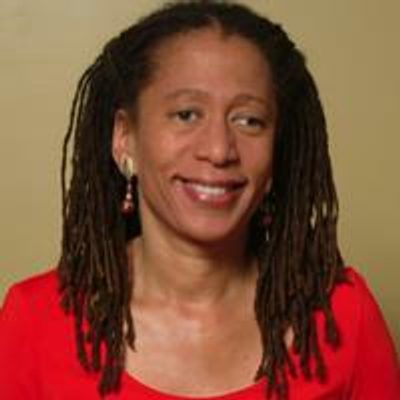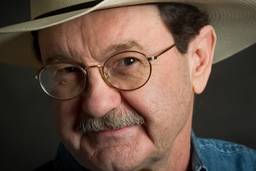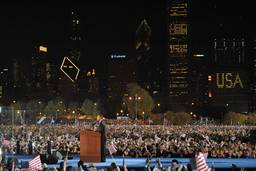Since 2001, Samuel Keller, the aging arts wunderkind, has inspired the art world’s most seminal and explosive art exposition, Art Basel Miami Beach. What’s more, the Swiss-born arts impresario seems to have cloned himself and is replicating at an alarming rate.
Miami’s sunny landscape is already resplendent with lush palms, stylized Deco palaces, pastels and pelicans. Now it is host to ubiquitous arts aficionados, all sporting the Keller look – stylishly understated, bare-pated and European. Basketball phenom Michael Jordan validated baldness for black men. Now Keller has creatively flipped that script for the white male. At Basel, bald is beautiful.
Still, much remains to be done. I have been covering the festival since it launched five years ago. Lamentably, in all that time, Keller and crew have inspired scarce participation from people of color.
Arts Basel Miami Beach is the American sister to the 37-year-old fair held every June in Basel, Switzerland. The inaugural Miami event had to be cancelled in the wake of 9/11. That didn’t prevent some hardy souls from organizing a flutter of alternative exhibitions at hotels and public spaces that solemn December, and it took off from there with a vengeance. After all, the combination of South Beach sun and a December date is a no-brainer.
In the 80-degree sunshine, Art Basel Miami Beach has morphed big time. At the December 6 opening press conference, Norman Braman, a BMW dealer and longtime sponsor of the show, dubbed it the “Super Bowl of all art fairs” and “the most spectacular art extravaganza that has ever been seen.”
Hyperbole aside, the thing is BIG. It’s outgrown its European mama and become the “it” girl of the arts world.
As Miami New Times predicted, in a “market hotter than Vegas asphalt in August,” Art Basel 2006 responded with a record-breaking attendance of 40,000 art lovers and professionals from around the world. Hundreds of galleries and artists converged on Miami Beach from North America, Latin America, Europe, South Africa and Asia, presenting paintings, drawings, sculpture, installations, photography, film – the works.
You would think you could find a bit of racial and ethnic diversity, especially in South Florida, America’s gateway to Latin America. As I trolled through the exhibits at the Miami Beach Convention Center, I found faces of color in short supply. While the organizers perennially pay a lot of lip service to cultural diversity, not much has changed since last year when I queried Keller about the lack of diversity.
I asked: “How many of the gallery owners and artworks are represented by people of color?” He hedged. I pressed the question. “I’m not into statistics,” he said. “I can’t tell you how many Swiss are here.”
Why should he care? Because participation in the arts must be universal and inclusive. The arts say much about who we are. America is well on its way to becoming a majority-minority nation, and its biggest arts confab should stir that stew.
Donald Young, the established Chicago-based dealer, had a different take. “It’s not a question of saying, ‘that’s a good African American artist.’ I think we are at the point now of saying, ‘that’s a great work of art.’ We are past the political correctness of including African Americans because they are African American. Art should really be about who is the best.”
There is certainly no shortage of talented black artists. Young was there showing Martin Puryear, the African-American superstar sculptor. Puryear, by the way, will mount a one-man show at the Museum of Modern Art in New York City in 2007. You can’t beat that with a stick.
The enigmatic Kara Walker was represented by Sikkema Jenkins & Co. of New York. The African-American artist unveiled a wrenching series of black and white paper cutouts that sound a cacophony of racial and sexual mayhem. Her subjects were raped, beheaded, lynched and shackled. The piece was gobbled up on the first night by an avaricious collector who paid $400,000, according to gallery owner Michael Jenkins.
The artist Joe Tilson was “seriously involved in the cooperative, anti-authoritarian politics of the late ’60s,” according to Waddington Gallery of London. It was showing his series of screenprints and oil on canvas on wood relief. The provocative pieces starkly highlight the political and psychic distance between Malcolm X and Barack Obama.
“Muhammad Speaks” and “Black Dwarf,” produced in 1969, evoked the stirring days of black radicalism. The asking price for “Dwarf” was $170,000. Indeed, the price of anti-authoritarianism has gone up. Life must be good for this old lefty.
Here’s the bald truth: The fair feigned an interest in inclusiveness, but the David of artistic creativity was dwarfed by the Goliath of global commerce.








